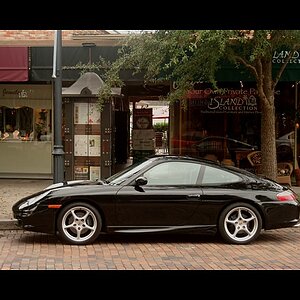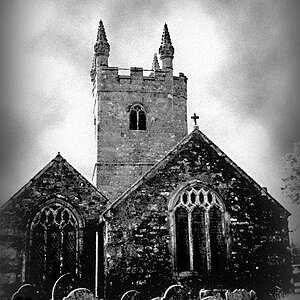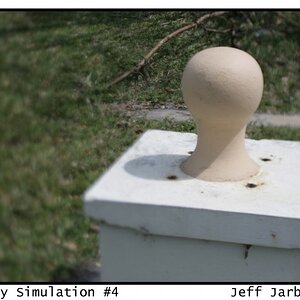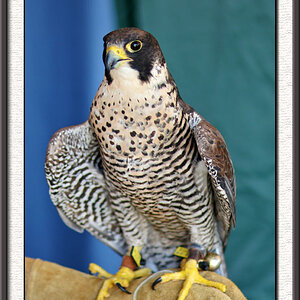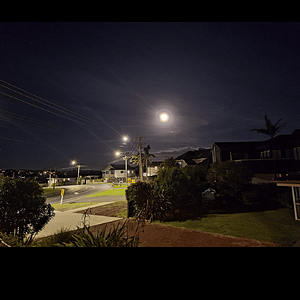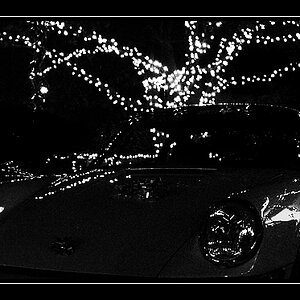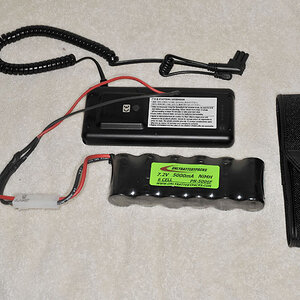BoblyBill
TPF Noob!
- Joined
- Oct 30, 2006
- Messages
- 2,860
- Reaction score
- 40
- Location
- in the eye of a tornado
- Can others edit my Photos
- Photos OK to edit
I have four cameras now (Canon Elan IIe, Canon D30, Pentax K100D, and a Canon 40D), and have found the lens crop somewhat confusing. For that longest time I thought that I have it all figured it out, but now I'm not so sure. For excample, I have the EF-S 18-55mm for my Canon 40D that doesn't compare at all to my Sigma 17-70mm at 18mm vs 17mm. I would understand if they were just a little different (see as the one has one smaller mm to go), but if I put a .45x wide angle conversion on my 18mm it is as if it would be 18mm on the 17-70mm. With that being said (and probably in the most confusing way possible), does Sigma make lens that do the 1.6x conversion on the lens so that if I shoot with that lens on my Pentax it is actually as if I was shooting 17mm on a 35mm camera?



